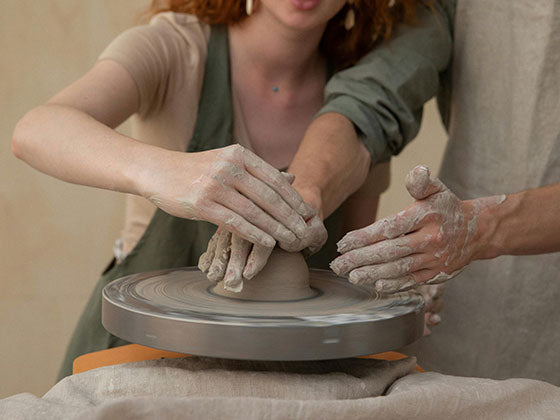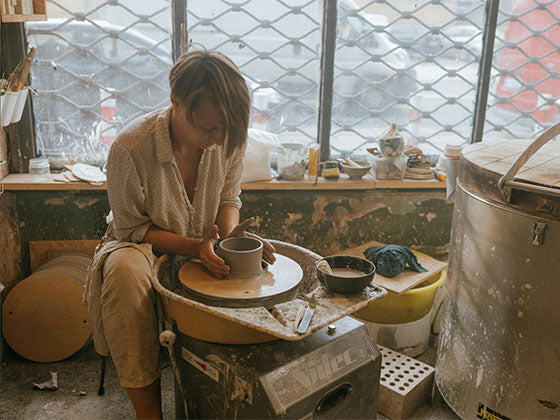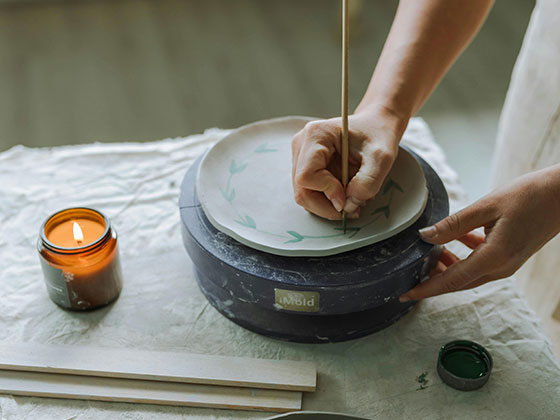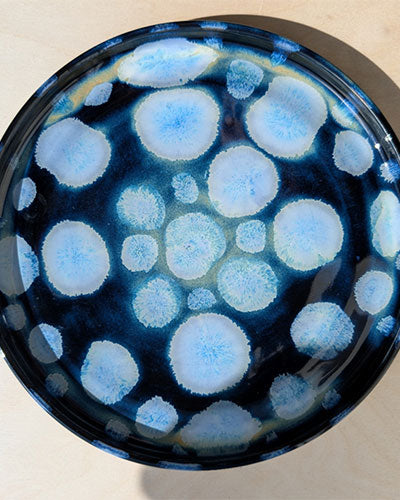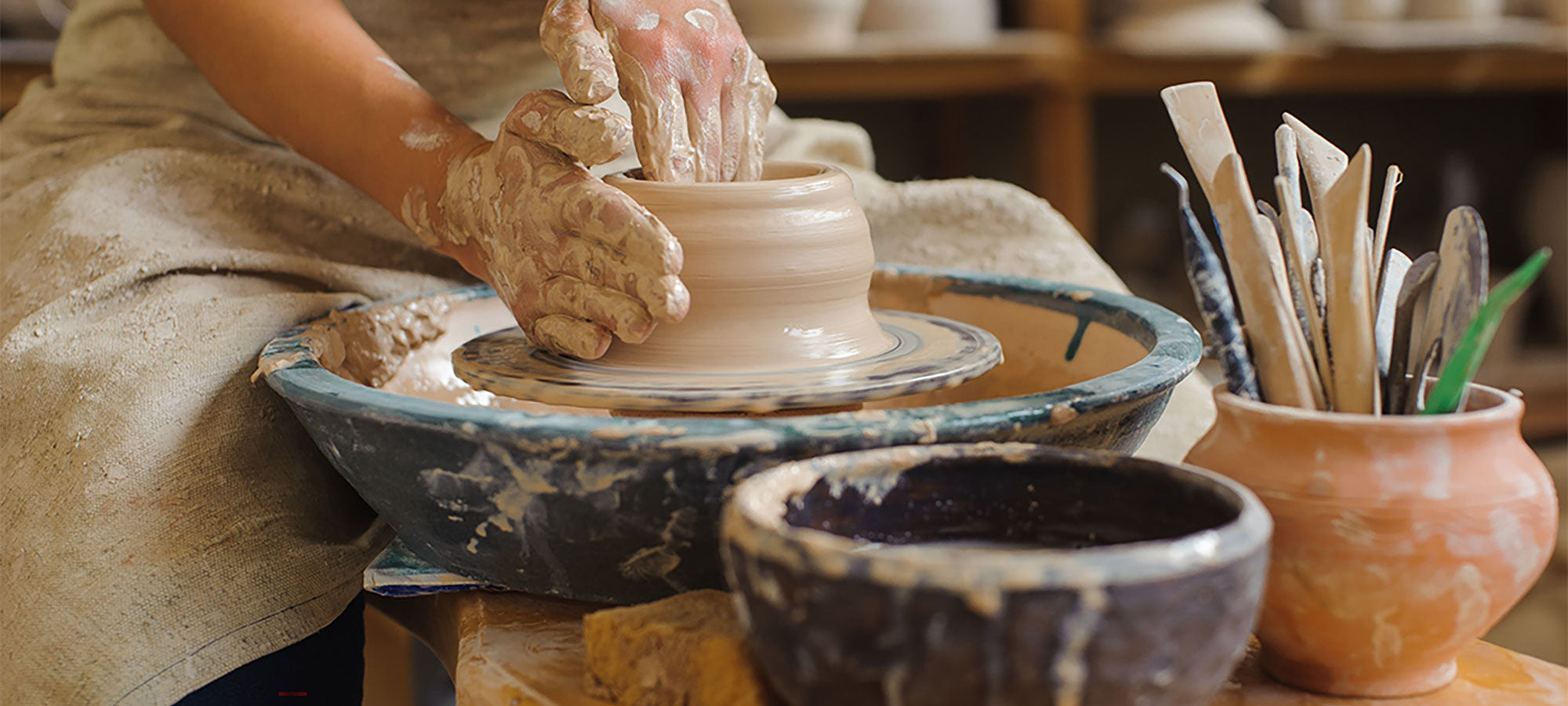Broadly speaking, there are two main categories of RTV (room temperature vulcanization) silicone that can be used for making a mould or cast:
• Condensation cure – catalysed using tin salts.
• Addition cure - catalysed using platinum.
The chemical difference between tin-cure (condensation cure) and platinum-cure (addition cure) silicone mould making rubbers lies mainly in the metal used to catalyse or cure the base rubber. The metal tin is used to catalyse or cure tin silicone, and platinum is used to cure platinum silicone rubber. Accordingly, tin-cure silicone rubbers are usually significantly less expensive than platinum-cure ones. Addition and platinum cure silicones are types of silicone rubber that are used for various applications, including mould making, casting, and prototyping.
Addition Cure Silicone:
Addition cure silicone, also known as platinum cure silicone, is a type of silicone rubber that cures through an addition reaction. It involves the reaction of a hydride- and a vinyl-functional siloxane polymer in the presence of a platinum complex catalyst. Addition cure silicone is often used for creating moulds and casting flexible, high strength rubber parts. It offers excellent release properties, has a long library life, and exhibits low shrinkage on cure. Condensation cure silicone on the other hand can be easier to use as while they will still not cure if the model is made for a sulphur containing materials, they are generally easier to work with and a cheaper option for both the beginner and those
using high volumes. Our range of condensation cure silicones (not including RTV65 and T25) all use the same catalysts and can be mixed to make the flexibility and strength mould most suitable to your application. The Tiranti range of silicones includes both addition cure and condensation cure products:
Condensation Cure:
RTV115, RTV120, T25 & RTV128
These are standard condensation cure silicones of varying Shore A hardness (flexibility)
The Shore A hardness increases with the number i.e. RTV115 is the most flexible and
RTV128 is the least flexible. RTV65 is also a Condensation cure silicone this has a Shore A hardness of 65 and most importantly is able to stand up to 250°C heat so can be used for the casting of white metal alloys and pewter; however it is also quite brittle due to its lack of flexibility so mould should be handled with care when releasing complex shapes.
Platinum or Addition Cure:
RTV4420 and RTV640 are our Platinum cure silicones these are semi transparent rubbers
with clear catalyst RTV4420 is 20 shore hardness so fairly flexible and RTV640 has a shore hardness of 40 so is relatively firm. Finally, we offer Putty silicone this 1:1 silicone to catalyst mix is skin safe (always patch test) and can be used on vertical surfaces as being a putty (like blue tac) it will not run off a surface like a liquid silicone. All our silicones with the exception of the putty can be mixed with a thixo additive which will thicken the silicone and give is a brush on consistency the thixo can also speed up the cure time.
Both of types of silicone are very different from each other. More importantly, they are not compatible with one another either.
The main differences are as follows:
• There are characteristics unique to both silicone families which makes each a better
performer under certain circumstances. For instance, if high temperatures are anticipated, then addition cure silicones (platinum catalyzed) are best, but for economy, general mould making and prototype applications, experience mould
makers typically select condensation cure (tin catalyzed).
• The platinum catalyst used in addition cure silicones is susceptible to some chemicals
like nitrogen, sulphur, phosphorus, sulphur vulcanized rubbers and condensation cure silicone rubbers. Contact with these incompatible chemicals can inhibit their cure and result in a partially cured mould/cast. Many addition silicones prove to be incompatible with polyurethane rubbers too.
• Addition cure silicones necessitate more careful and accurate mixing than condensation cure ones.
• Generally, condensation cure silicones are more tear resistant than addition cure
silicones which have a more temperamental nature and can split or tear if they are
stretched or twisted too much. Condensation cure silicone moulds tend to weaken
or tear only after a year or two, depending on the amount of use.
• Addition cure silicones offer exceptional heat resistance and work better in high
temperatures than condensation cure silicone. The former can also be heat
accelerated for faster curing.
• Addition cure silicone is considered very pliable and tough while its counterpart
brings the benefit of being biodegradable.
• Condensation cure silicone moulds cure with a slight degree of shrinkage while
addition cure provides virtually no shrinkage.
• Condensation cure silicone is more economical and preferred for general mould
making. Condensation cure silicone moulds can capture fine and intricate details and
are excellent for all kinds of polyester, epoxy, gypsum, wax, resin, and plaster casting.
• A major difference between these two systems is shrinkage of the cured rubber over
the short and long term. Tin-cure silicone rubber moulds generally exhibit higher shrinkage over time depending on the type of mould rubber being used, material
being cast into the rubber mould, mould configuration, and other variables.
Choosing a silicone:
The choice between condensation and addition cure is up to you, as a beginner we would always recommend starting with a condensation cure such as RTV120, this is a mid-flexibility so will cope with undercuts and more complex designs while still producing a sturdy mould. If you have a simple shape as a model, then you can use a firmer silicone such as RTV128 or the RTV640 and for a more complex model with lots of detail and undercuts then the flexibility of RTV115 is recommended or the Addition cure RTV4420.
Creating you first mould a rough guide:
A good mould to start with would be to create a simple box mould, boxes for these can be created from foam board and a hot glue gun to seal up any gaps or even Lego, create the box make sure there is 2cm around all sides of the model when it is sat on the floor of the box and enough space for it to be well submerged, mix your RTV120 silicone until it is a uniform pale green colour the meant the catalyst is fully mixed, mis slowly and in one direction to not add too many bubbles then our the silicone into the box from a slight heigh so the liquid pours as a ribbon again this helps stretch out the bubbles, once the model is covered tap the mould to encourage any bubble to escape through the surface and leave to set, you should have a pot life (working time) of around 60minutes, your mould will be tack free in 24 hours and can be removed from the box (break the box not the mould) full hardness will be reached in 7 days but the mould will be useable 24hours after it has been removed from the box, we recommend leaving the mould to air for 24 hours after removing from the box to allow any chemical residues to disperse but the mould is still safe to handle. Full details of how to create different types of silicone mould can be found in the silicone booklet available for purchase on our website.
To sum up, both addition cure and condensation cure silicones have certain unique characteristics which should be carefully considered during product selection depending on the application. Keep and eye on our range as we will soon be welcoming two new silicones which will be fully skin and food safe perfect for SFX and body casting!

